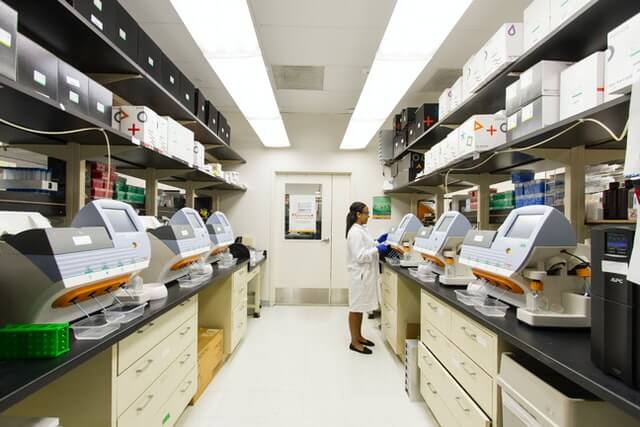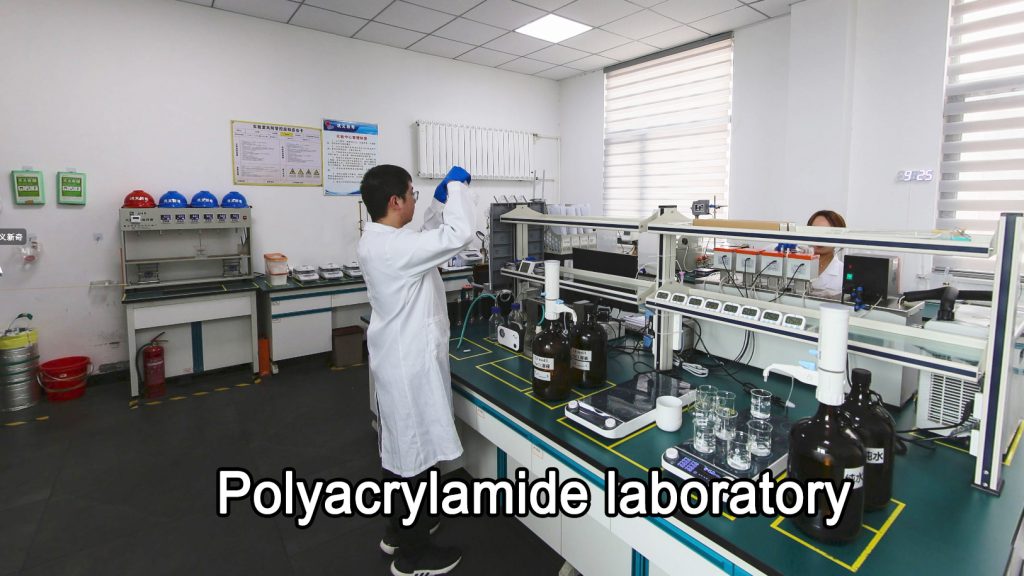Water treatment chemicals are also generally called water treatment agents, water treatment materials, water purification agents, water quality stabilizers, etc. Its function is to remove most impurities and harmful substances and components in the water. Its functions involve domestic sewage, industrial wastewater, drinking water, oil field wastewater, chemical wastewater, industrial urban water supply, circulating water, cooling water, air conditioning water, etc. Its classification also includes flocculants, coagulants, phosphorus removal agents, and defoaming agents. There are more than 300 varieties of agents, corrosion inhibitors, dispersants, scale inhibitors, etc. Today we will list and classify the various types of chemicals used in water treatment.
We simply divide water treatment chemicals into the following eleven categories based on their physical and chemical properties and functions:
1. Coagulant
2. Flocculant
3. Sludge dewatering agent
4. Scale inhibitor and dispersant
5. Corrosion inhibitors
6. Bactericidal and algaecide
7. Cleaning agent, pre-filming agent
8. Ion exchanger
9. Membrane materials
10. Adsorbent
11. Other water treatment chemicals
We mainly introduce the following three types:
1. Coagulant:
We divide coagulants into two categories based on molecular weight
(1) Inorganic low molecular coagulant:
Aluminum sulfate, aluminum trichloride, ferric chloride, sodium chlorate, ferrous sulfate, potassium ferrate
(2) Inorganic polymer coagulant:
Polyaluminum chloride PAC, modified polyaluminum chloride MPAC, polyferric chloride PFC, polyferric sulfate PFS, polyferric chloride PFCS, polyphosphorus iron sulfate PPFS, polyphosphorus aluminum chloride PPAC, polyaluminum chloride Iron PAFC, polyferric sulfate PFSS, polyaluminum silicate PASS, polyaluminum iron silicate PSAF, polyaluminum chlorosilicate PASiC, polyaluminum chloride sulfate PAFCS, polyaluminum iron silicate PAFSC.
2. Flocculant.
There are many ways to classify flocculants. They are usually divided into organic and inorganic based on their composition. They can be divided into high molecules and low molecules based on their molecular weight. According to the nature of the charge after the functional groups are dissociated, they can be divided into anionic, cationic, and non-ionic. ions and zwitterions.
3. Sludge dewatering agent:
Domestic wastewater and industrial sewage contain a large amount of sludge. Currently, polyacrylamide accounts for the majority of commonly used sludge dehydrating agents. We divide sludge dewatering agents into the following two categories:
(1) Natural polymer modified sludge dehydrating agent.
Starch modified sludge dehydrating agent, chitosan modified sludge dehydrating agent, and other natural polymer modified sludge dehydrating agents.
(2) Synthetic organic polymer sludge dehydrating agent.
Synthetic organic cationic sludge dewatering agent, synthetic amphoteric sludge dehydrating agent.


